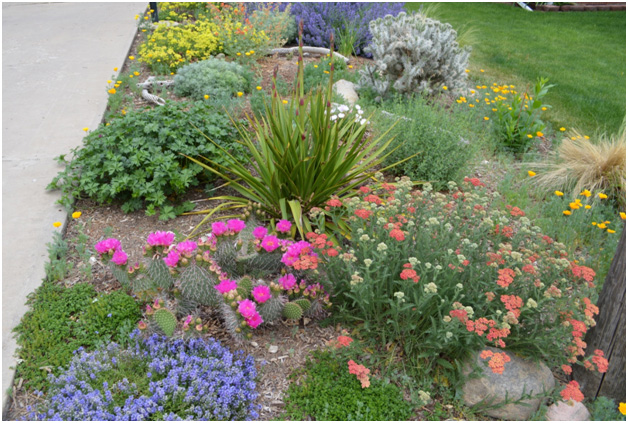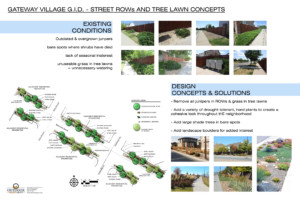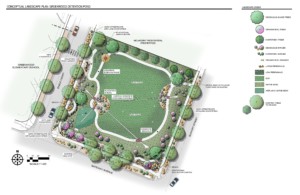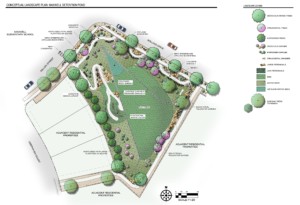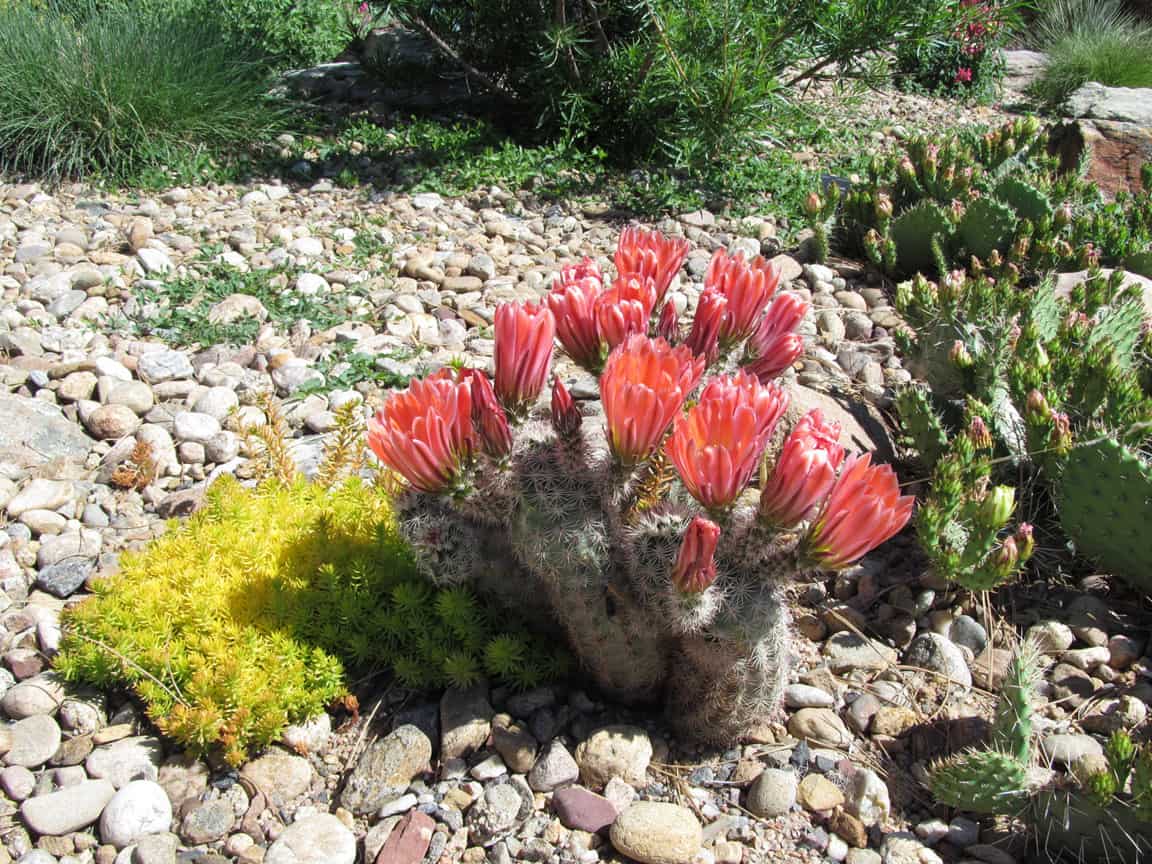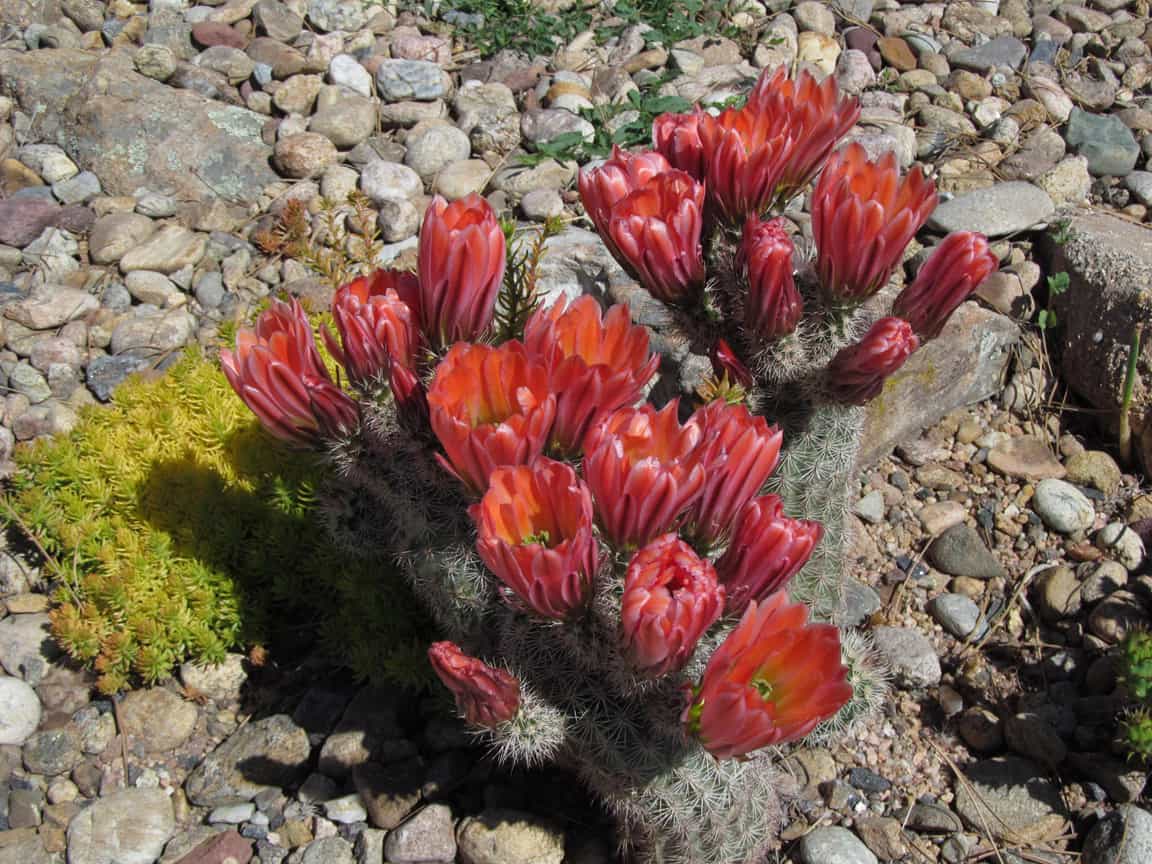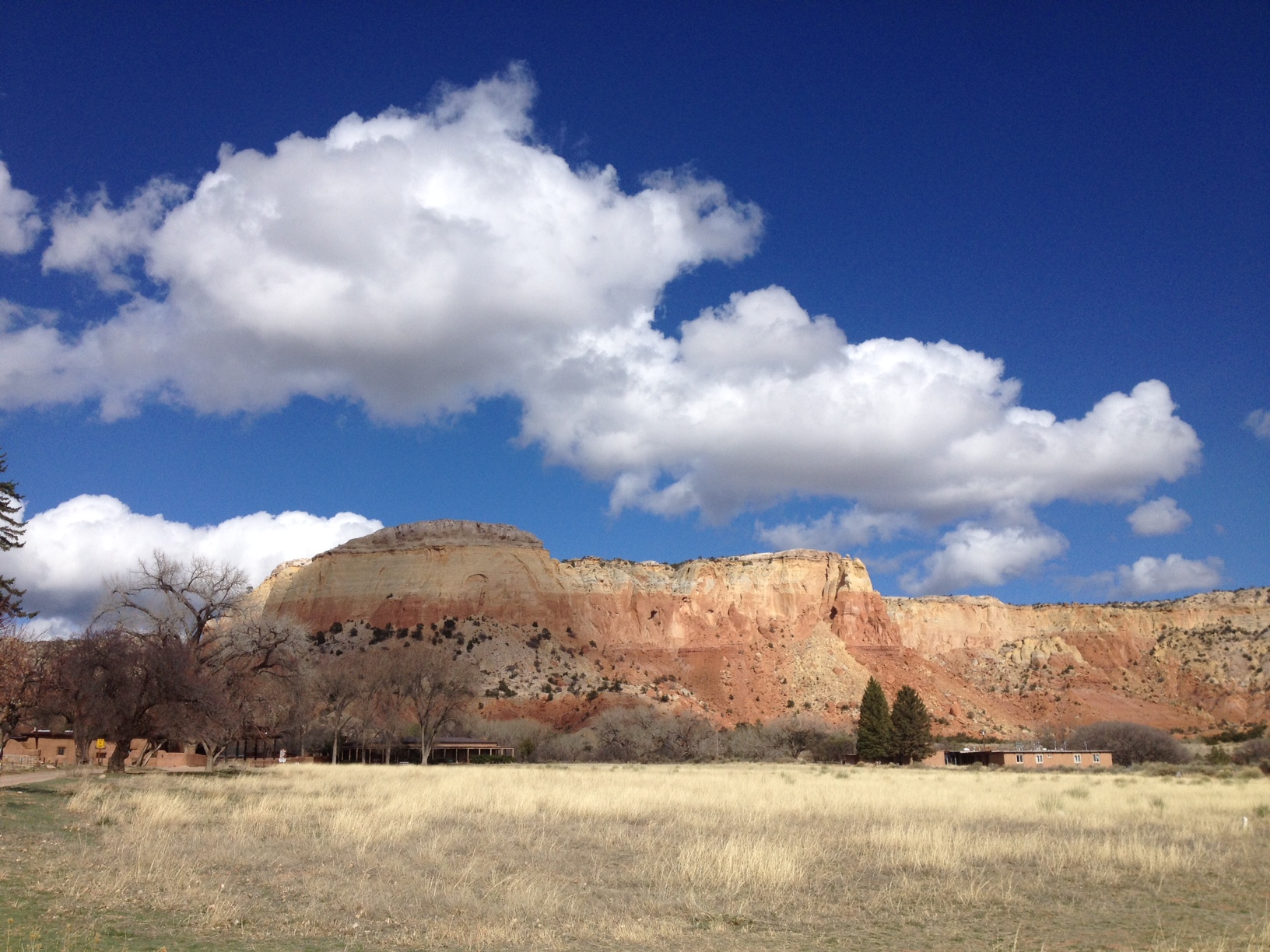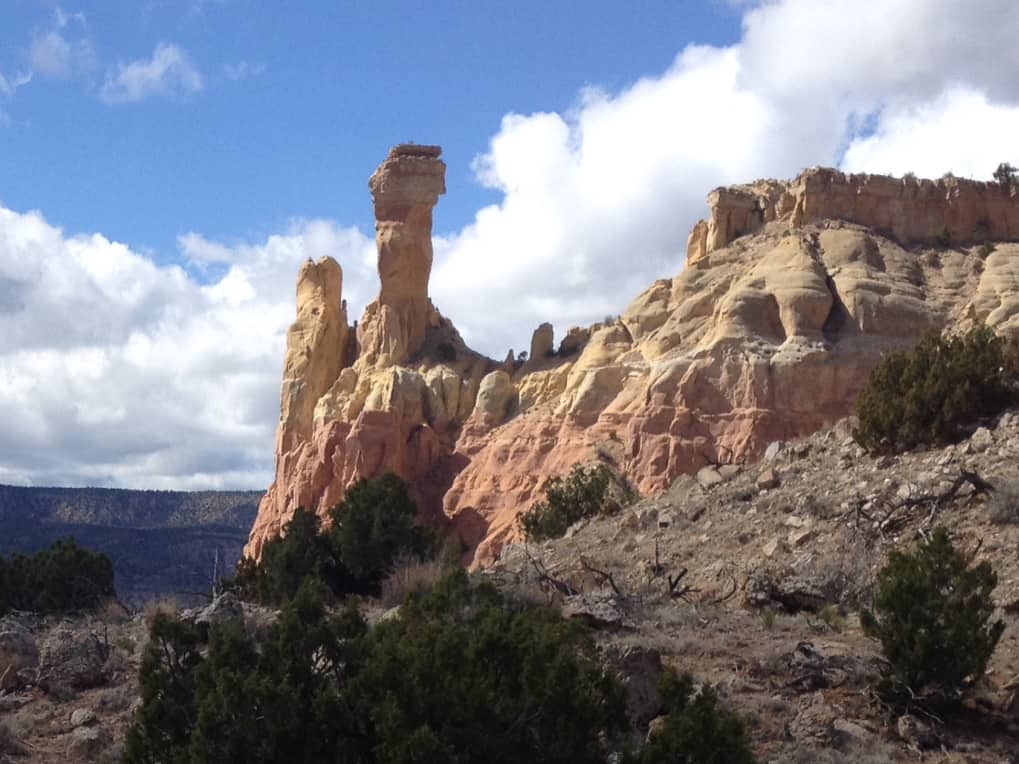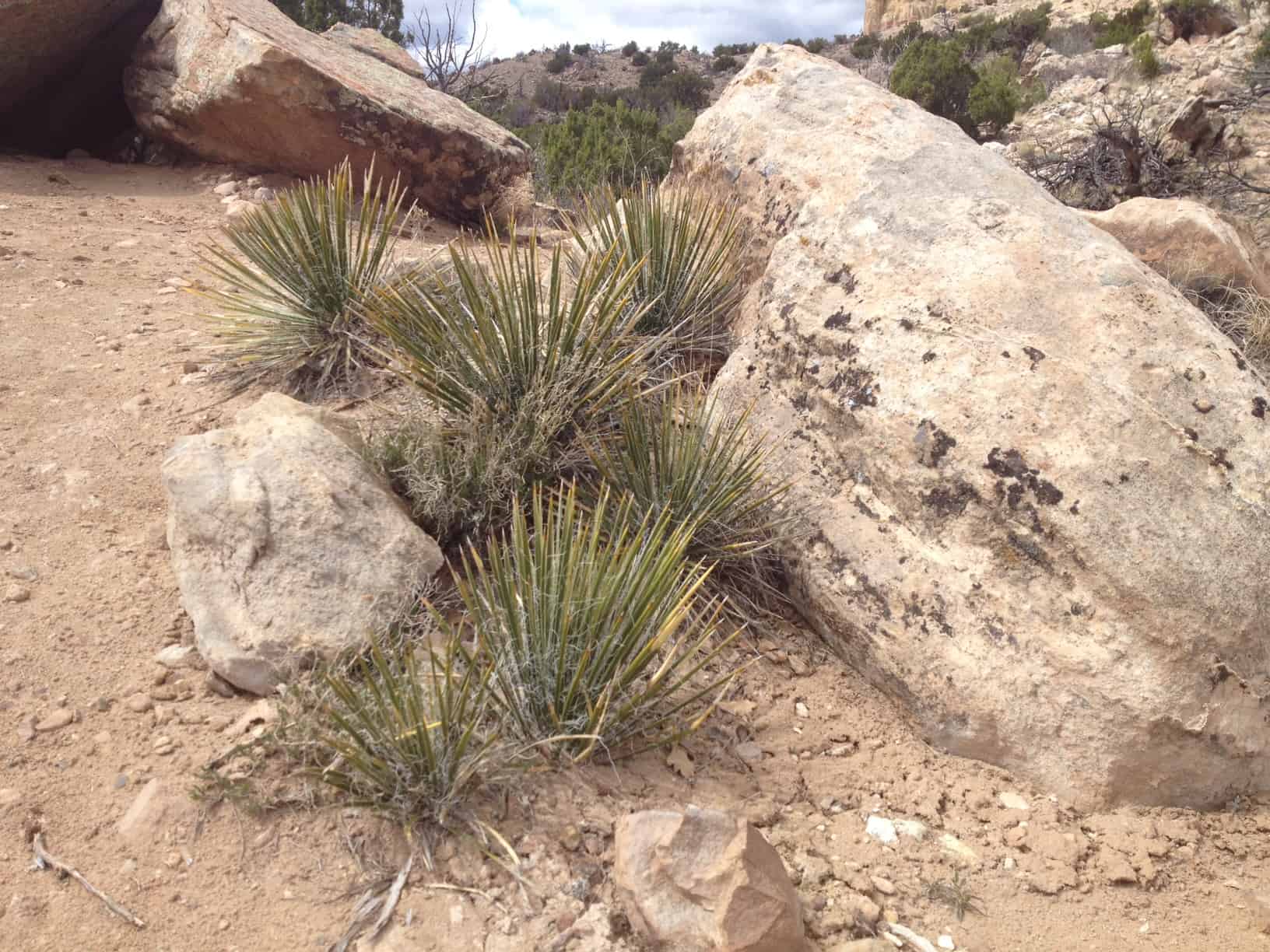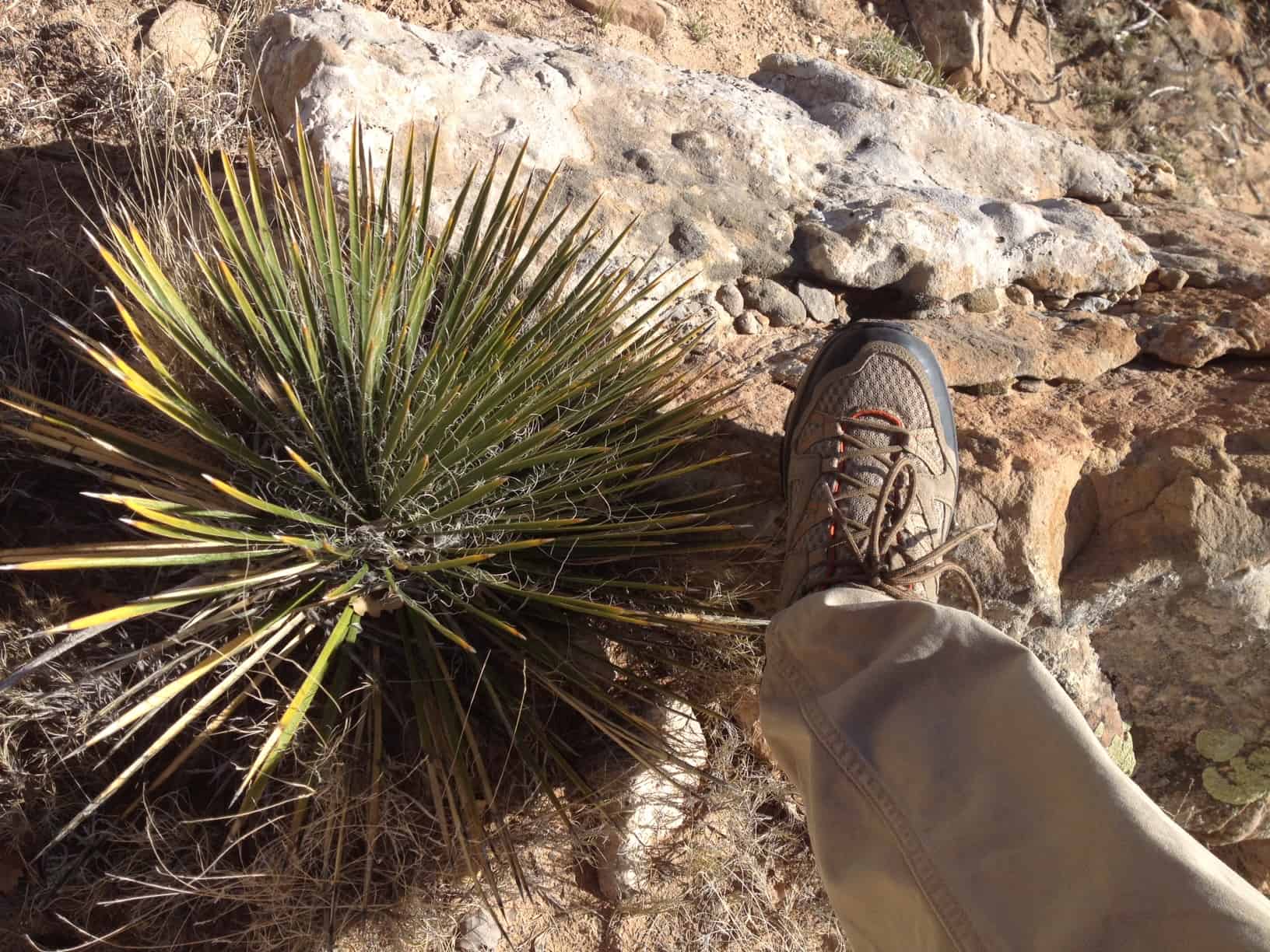After a long hot summer in Colorado, the fall season may seem like a time to forget about your yard or garden and start focusing your attention indoors. But fall is a great time for some low-water perennial plants to look their best and shine in your xeriscape garden. The following list of plants take center stage during the fall season, and keep your landscape looking great beyond the arrival of the autumnal equinox.
Anemone (various species and cultivars)
Anemones are a great plant for the shadier areas of your landscape. While not as drought tolerant as the other plants on this list, they grow very well with afternoon shade and a medium amount of water.
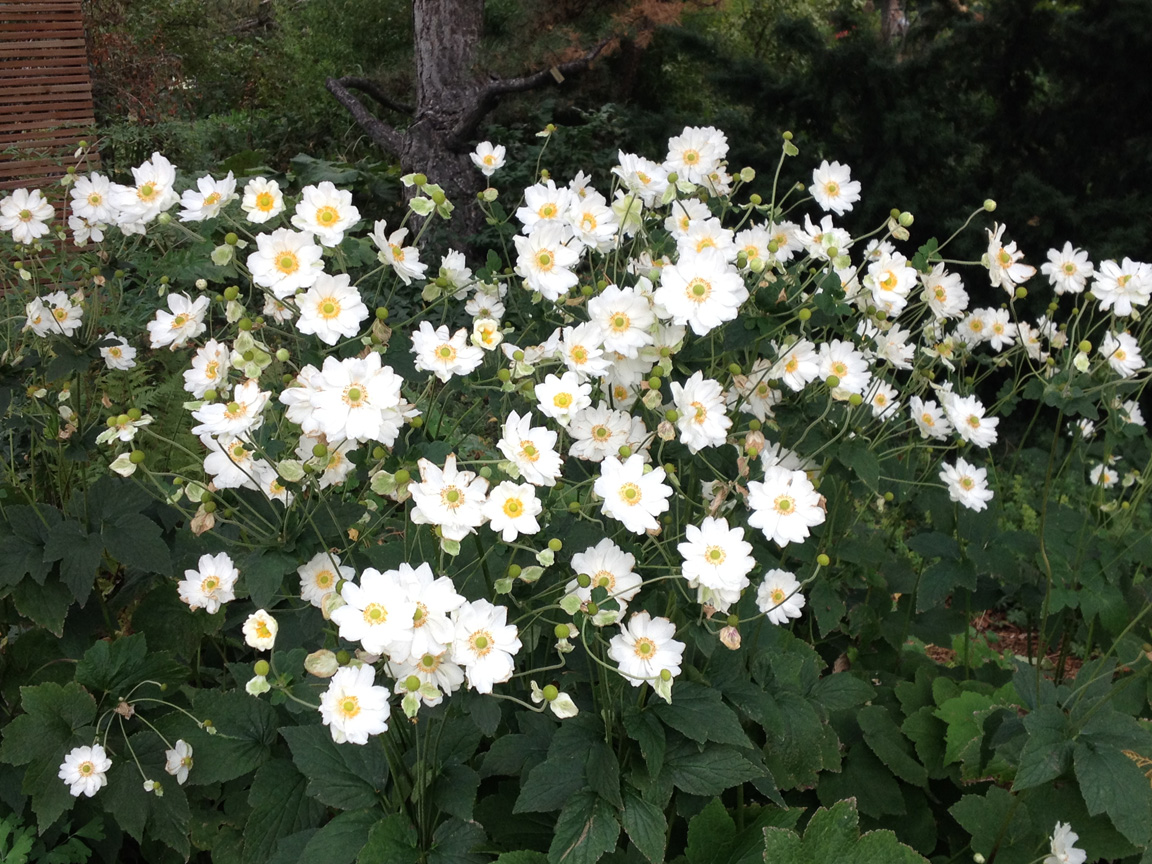
Anemone
Tall Sedums, various cultivars
The tall sedums are a classic addition to the fall blooming garden. With low to average water needs, they are perfect for most xeriscape gardens.
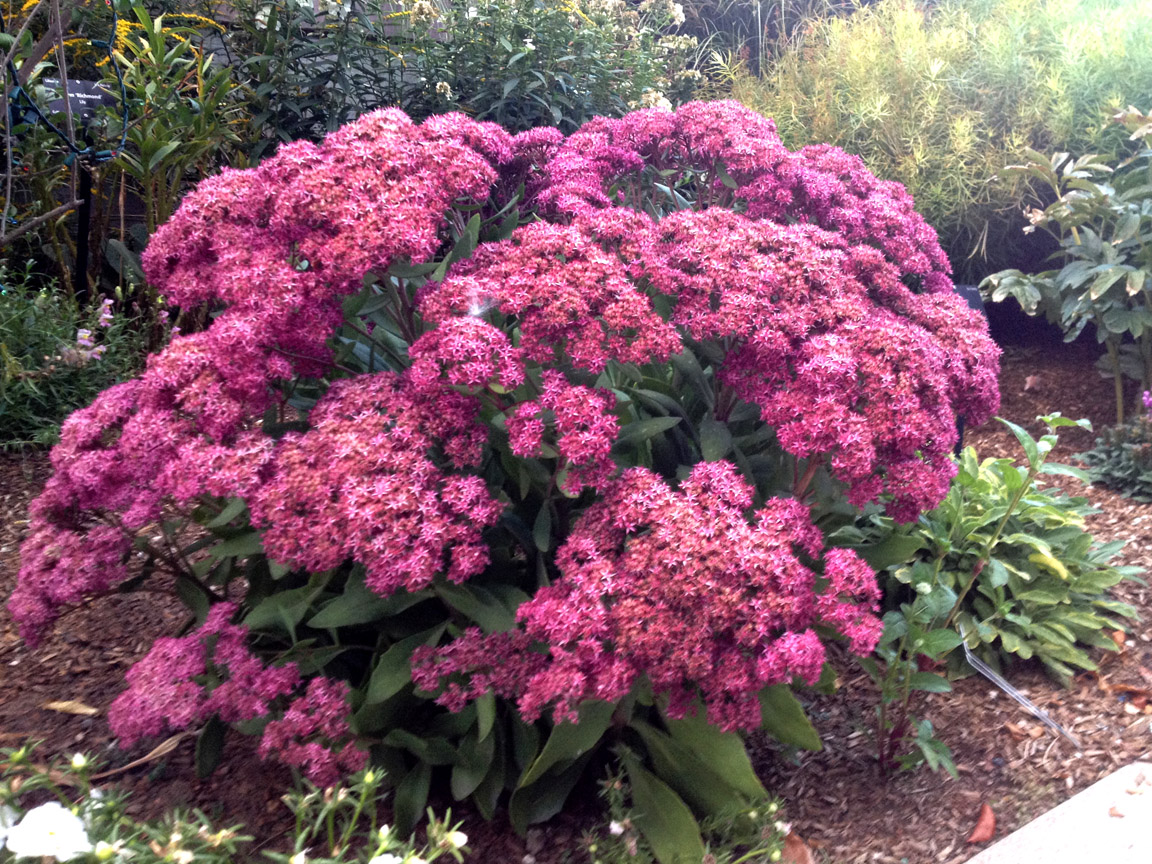
Sedum
Hummingbird Flower, Epilobium canum latifolum (aka Zauschneria canum latifolium)
This cousin of the popular groundcover plant Orange Carpet California Fuschia (also a good late bloomer) has similar dazzling orange trumpet shaped flowers that pollinators adore.
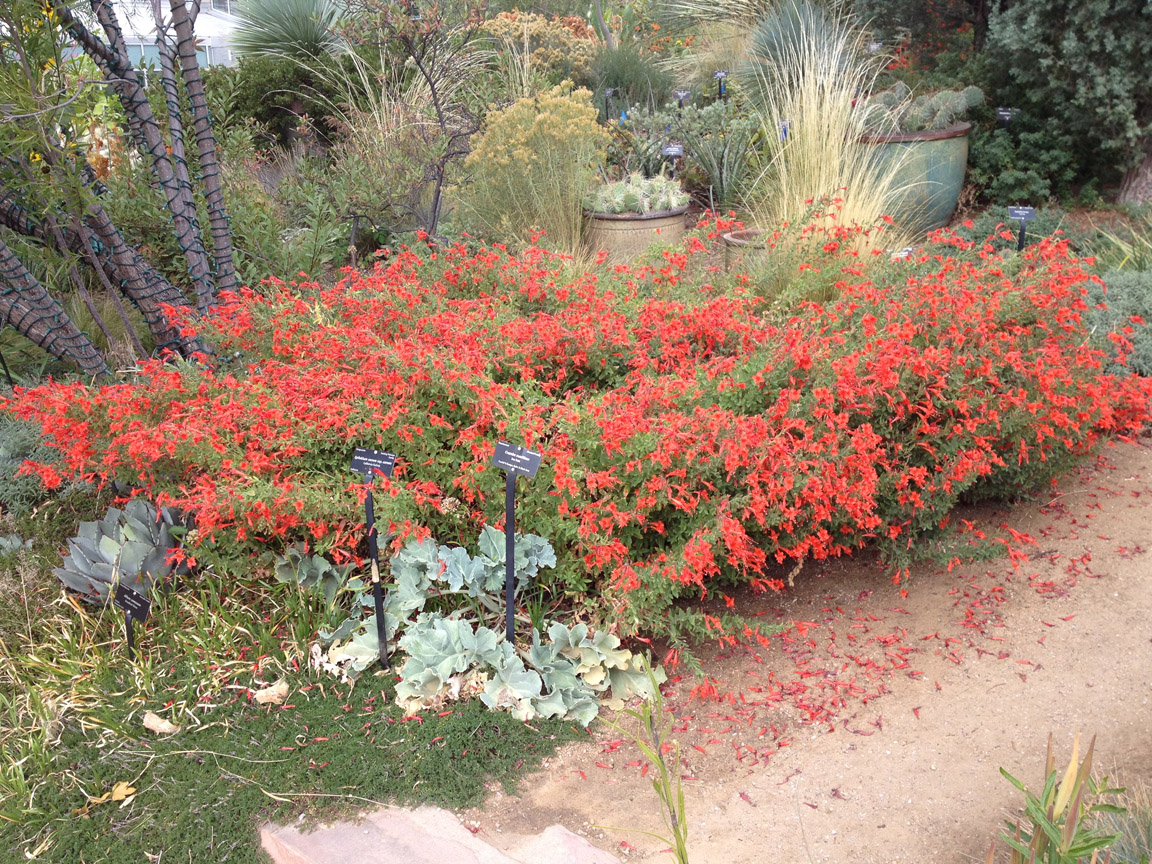
Hummingbird Flower
Furman’s Red Salvia, Salvia greggii (several species and cultivars available in the Salvia genus)
There are so many different and wonderful plants in the Salvia genus that are remarkable additions to your low-water landscape. Furman’s Red Salvia is one plant we have raved about many times, and it never fails to keep us captivated by its lovely and numerous red blooms that drape these plants from summer heat to fall frost. One note of caution on this plant would be the hardiness. It is rated as only hardy to zone 6, so be careful where you place it. A warmer micro-climate location in your landscape would be best.
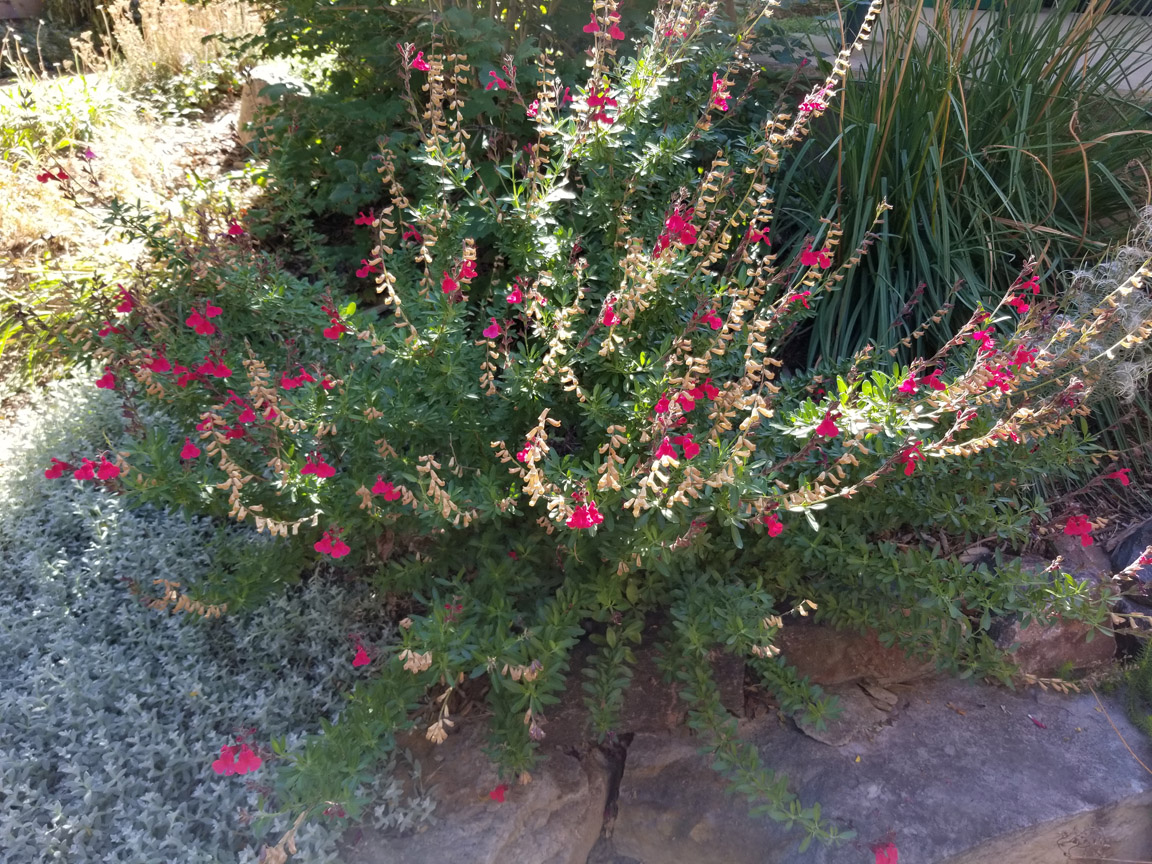
Furman’s Red Salvia
Blanket flower, Gaillardia (various cultivars available)
While the blanket flowers bloom more profusely in the heat of the summer, they continue to bloom into fall, bringing their brilliant shades of yellow, orange and red into the shorter days of autumn.
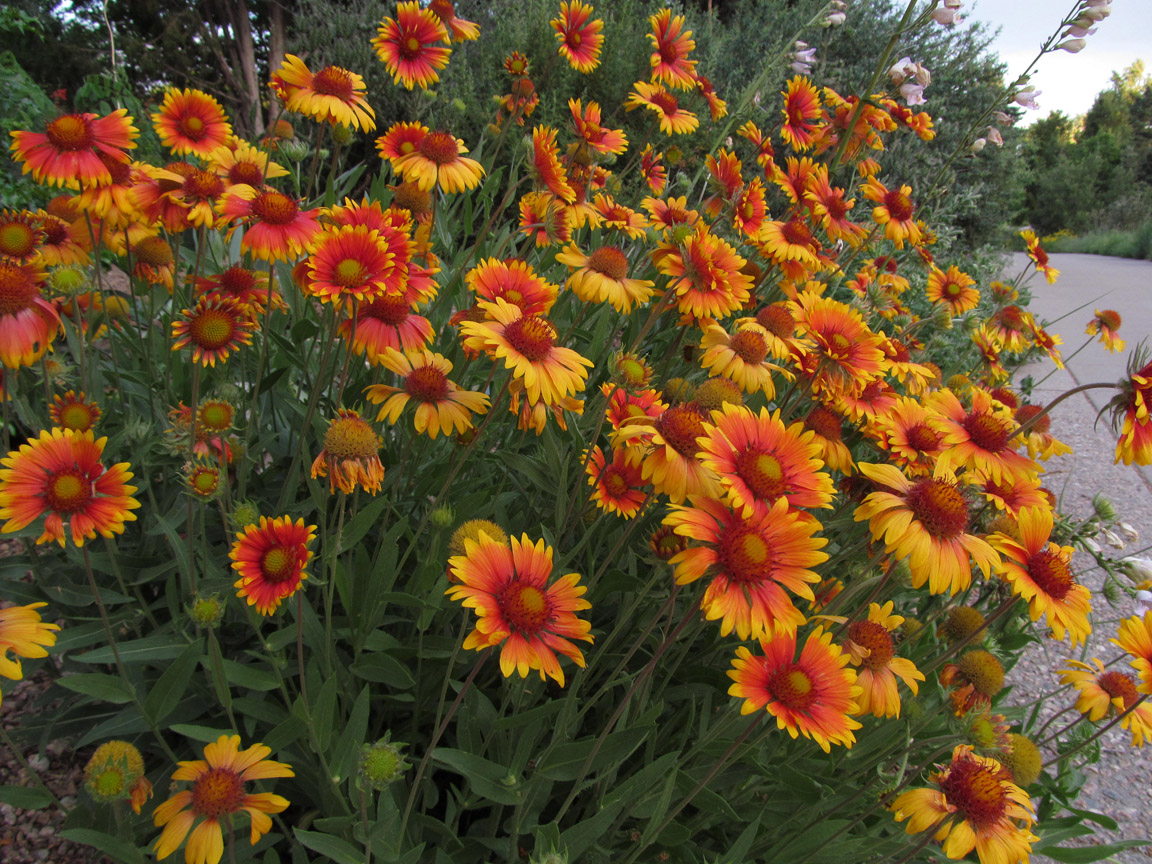
Blanket Flower
Goldenrod, Solidago (various species)
Solidago rugosa ‘Fireworks’ is the plant pictured here. Who wouldn’t mind this kind of fireworks in their fall landscape? This North American native will grace your garden with many panicles of bright yellow flowers. While not as tolerant of drought as some other plants on this list, it is fairly adaptable to most conditions in Colorado. This plant has been unfairly blamed for hayfever and allergies in the past, but scientists now tell us that Goldenrod is not the cause of your fall allergies. It is likely caused by other plants such as ragweed.
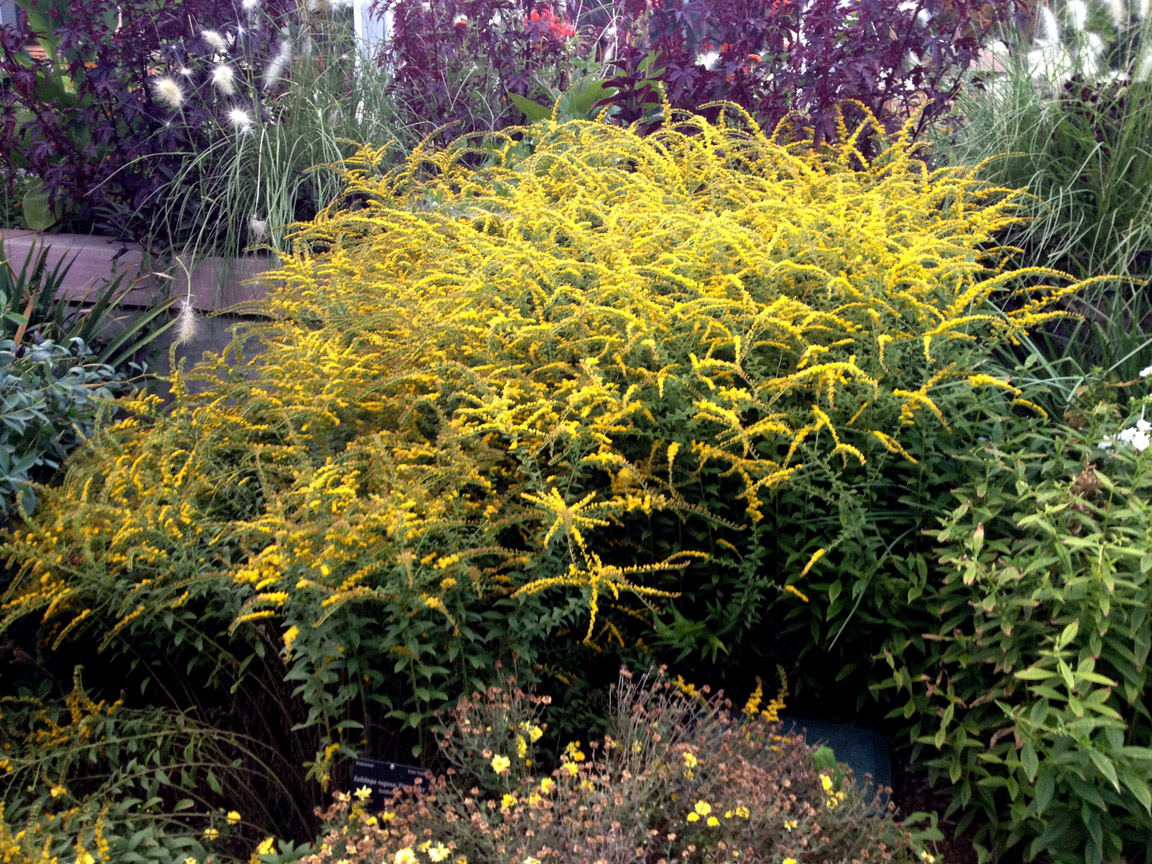
Goldenrod
Plumbago, Ceratostigma plumbaginoides
Plumbago is an indispensable groundcover. It does well in dry shade, and that is the type of conditions we typically place it in. However, we are finding it seems to be adaptable to sunnier locations as well. The blue-violet flowers that appear on this plant in late summer are eye-catching, as is the red-orange fall color of the foliage as autumn grows cooler.
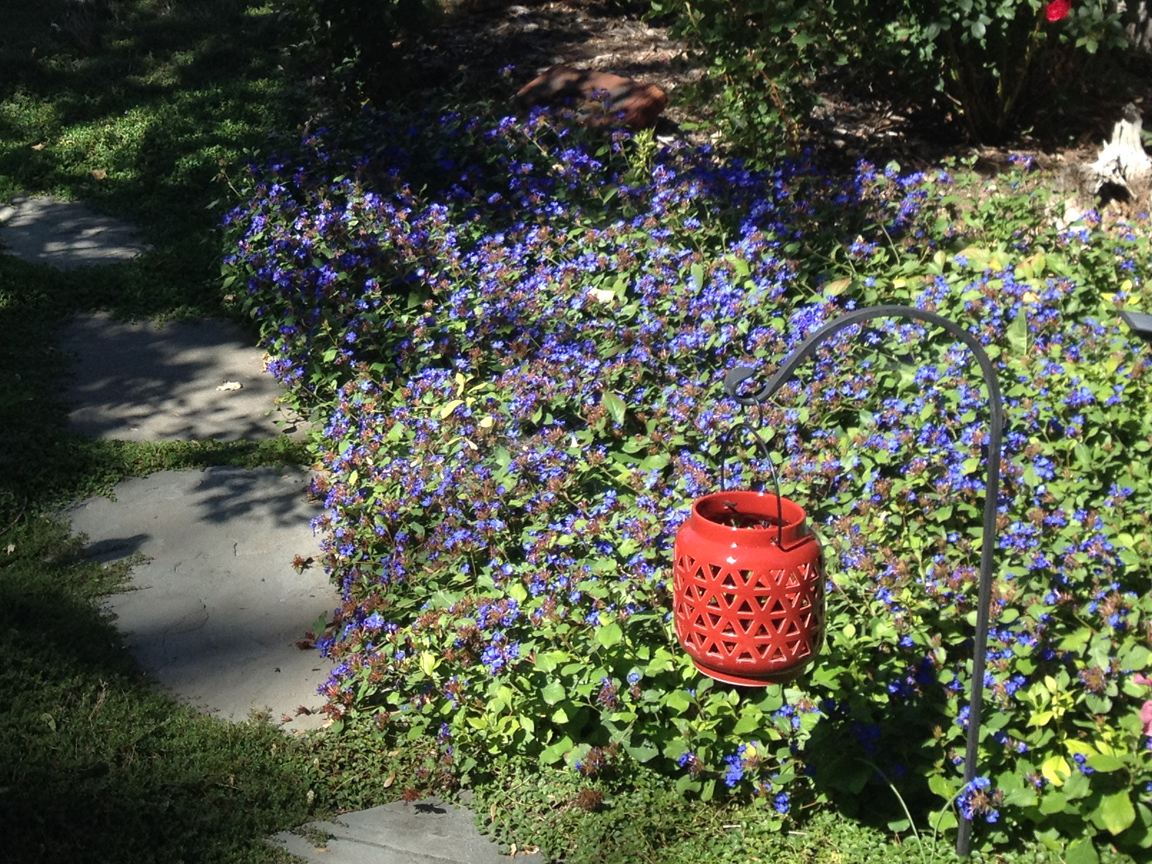
Plumbago
This is the official blog of Outdoor Design Group, Colorado Landscape Architects. For more information about our business and our services, click here.
